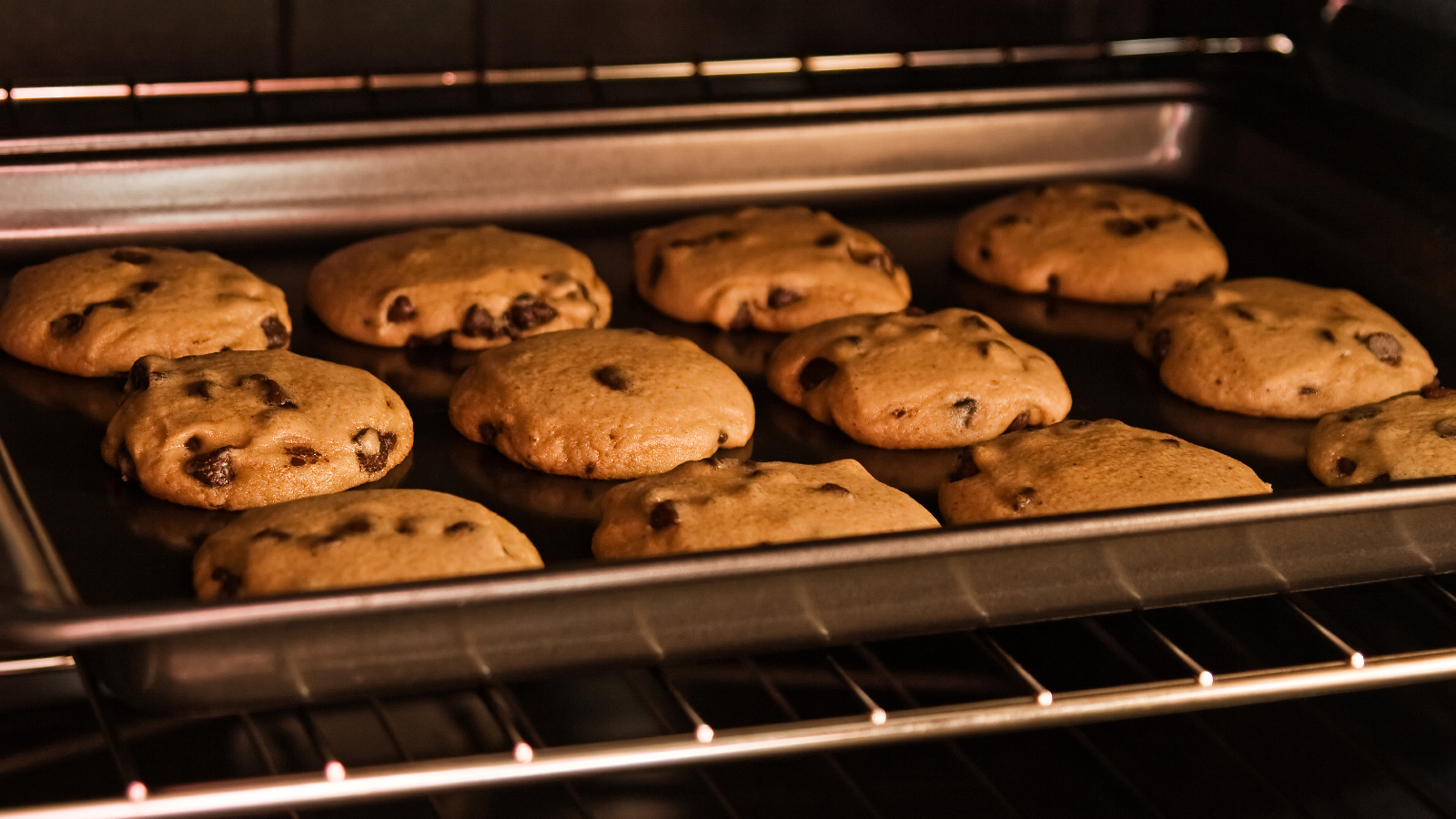- About Us
-
Flour Products
- For Breads
- For Specialty Breads
- For Noodles
- For Cakes
- For Pastries
- For Biscuits And Cookies
- For Breading, Cooking and Thickener
- Pasta Products
- Baker John Products
-

Soft and Chewy? Thin and Crunchy? How to Achieve Your Perfect Cookie!
Whether you prefer soft or crunchy cookies, here’s a guide on how to perfectly achieve your desired cookie texture.by URC Flour TeamWhen it comes to cookie texture, people can be just as divided as when you ask if they want pineapples on pizza or not. Some prefer soft and chewy cookies that are moist to the bite; some prefer cakey cookies that are best paired with a glass of milk; and others prefer thin, crunchy cookies that are great to binge on.
While it may seem complicated, the chemistry behind making cookies to your preference is quite simple. Use any cookie recipe of your choice, and just tweak two of the ingredients to achieve your desired texture: butter and sugar.
Butter is what gives your cookie its crunchiness. It melts during baking, causing the cookie to spread and thin out. The thinner the cookie, the more the middle gets done and the crunchier your end product is. When you use less butter, you’ll end up with a cakey texture, because the cookie stays dense and doesn’t spread out as much.
Sugar, on the other hand, affects your cookie’s chewiness. Sugar is hygroscopic, meaning it absorbs moisture from the surrounding environment. Brown sugar is more hygroscopic than white sugar. So if you want soft and chewy cookies, use more brown sugar than white sugar. If you want crispier cookies, use more white sugar.
We won’t give you a recipe, because it really depends on which one you want to use; but here’s an example to get you started:
Thin and crispy cookies:
- 1 stick of butter
- ½ cup of white sugar
- ¼ cup of brown sugar
Soft and chewy cookies:
- ½ stick of butter
- ½ cup of brown sugar
- ¼ cup of white sugar
Now, here are some tips on how to prepare your cookie dough:
- When you’re mixing in the dry ingredients to the wet ingredients, do it at a low speed. If you overmix, the dough can become too tough.
- If you’re making chocolate chip cookies, don’t fold in all of the chips. Leave out around a handful and set it aside for later.
- Before baking, always chill the dough. Not chilling the dough will cause your butter to melt too soon and will make the dough spread too thinly on your baking sheet. You might end up with one flat, giant irregular blob of a cookie when you’re done baking.
- Preheat the oven. Cookies bake very quickly compared to brownies and cakes. Not preheating can cause your cookies to be burnt outside before the middle is done.
- Once your cookies are done, remove them from the oven and take the chocolate chips that you set aside. Press the chips onto the top while the cookies are still hot and soft.
Cookie recipes are relatively simple, but practice still makes perfect. Every oven bakes differently, and baking time can vary for each one. The amounts of ingredients used also greatly affect how your cookies will turn out—the cookie might spread out too much, or the chocolate chips might not be melted enough. Before you make a large batch of cookies, make a small test batch first until you achieve your own perfect cookie. Don’t forget to take notes and list down any tweaks so you can replicate it next time!
To ensure that you get the right texture, use Happy Grains Cookie Flour. Formulated with just the right gluten and starch content for cookies and biscuits!
Get in Touch With Our Flour ExpertsPlease leave your contact information below and we’ll contact you shortly.Thank YouWe received your message.
Our Flour experts will contact you soon.
You may check your inbox for future updates.To learn more about our products,
go to https://www.urcflour.com/products/flourFollow https://www.facebook.com/URCFlour for updates.
We use cookies to ensure you get the best experience on urcflour.com. By continuing to browse our site, you are agreeing to our use of cookies. Find out more here.